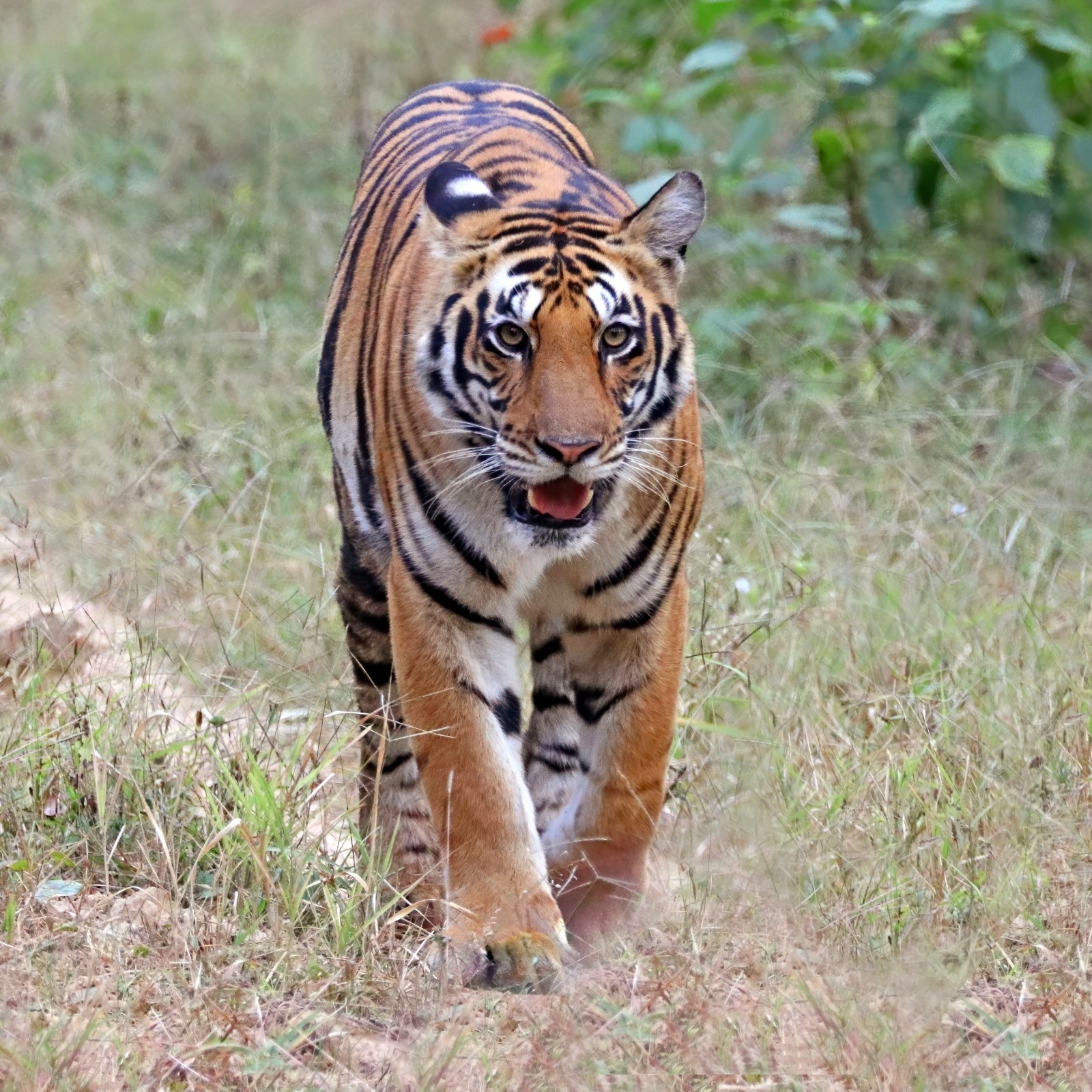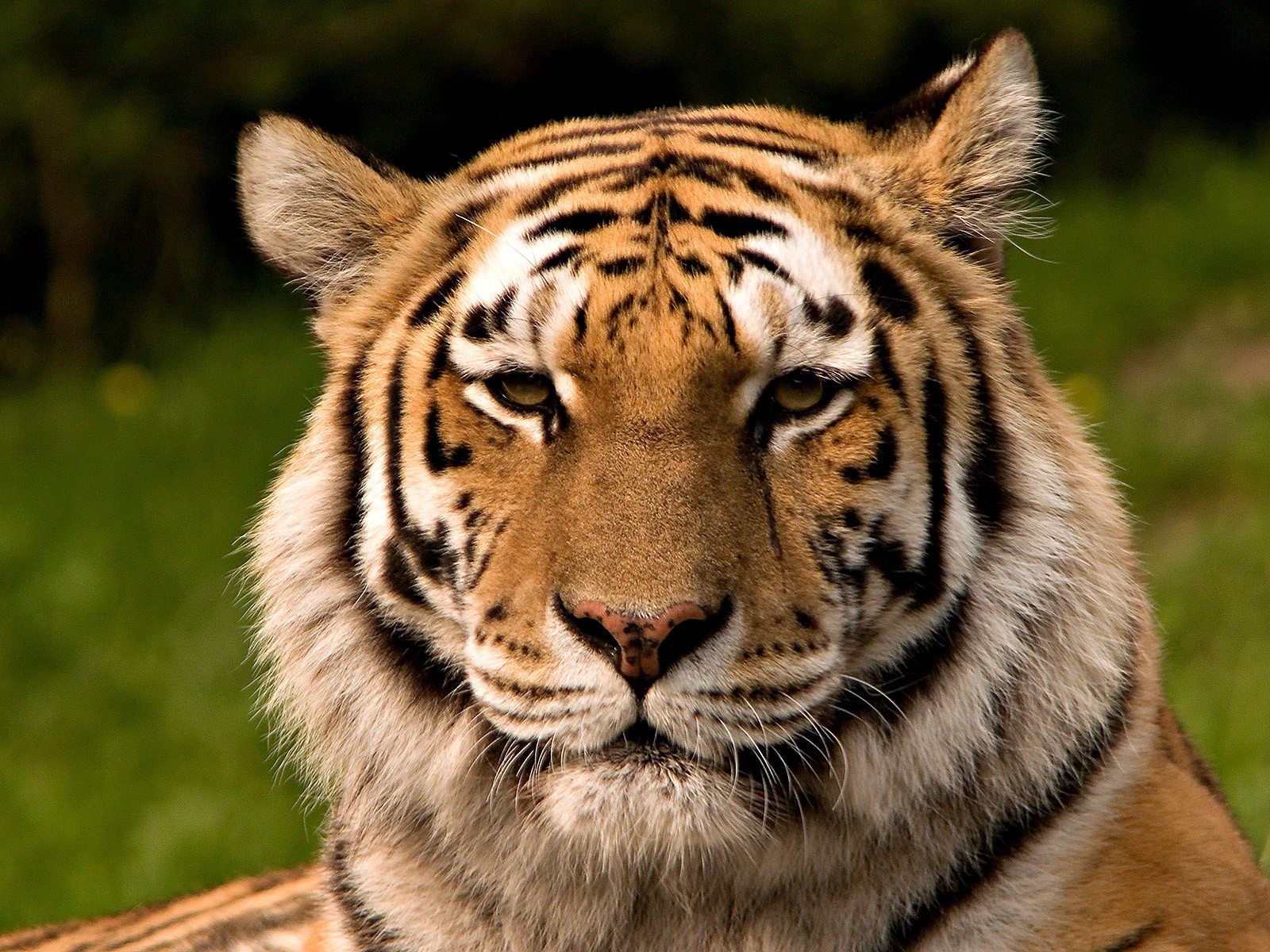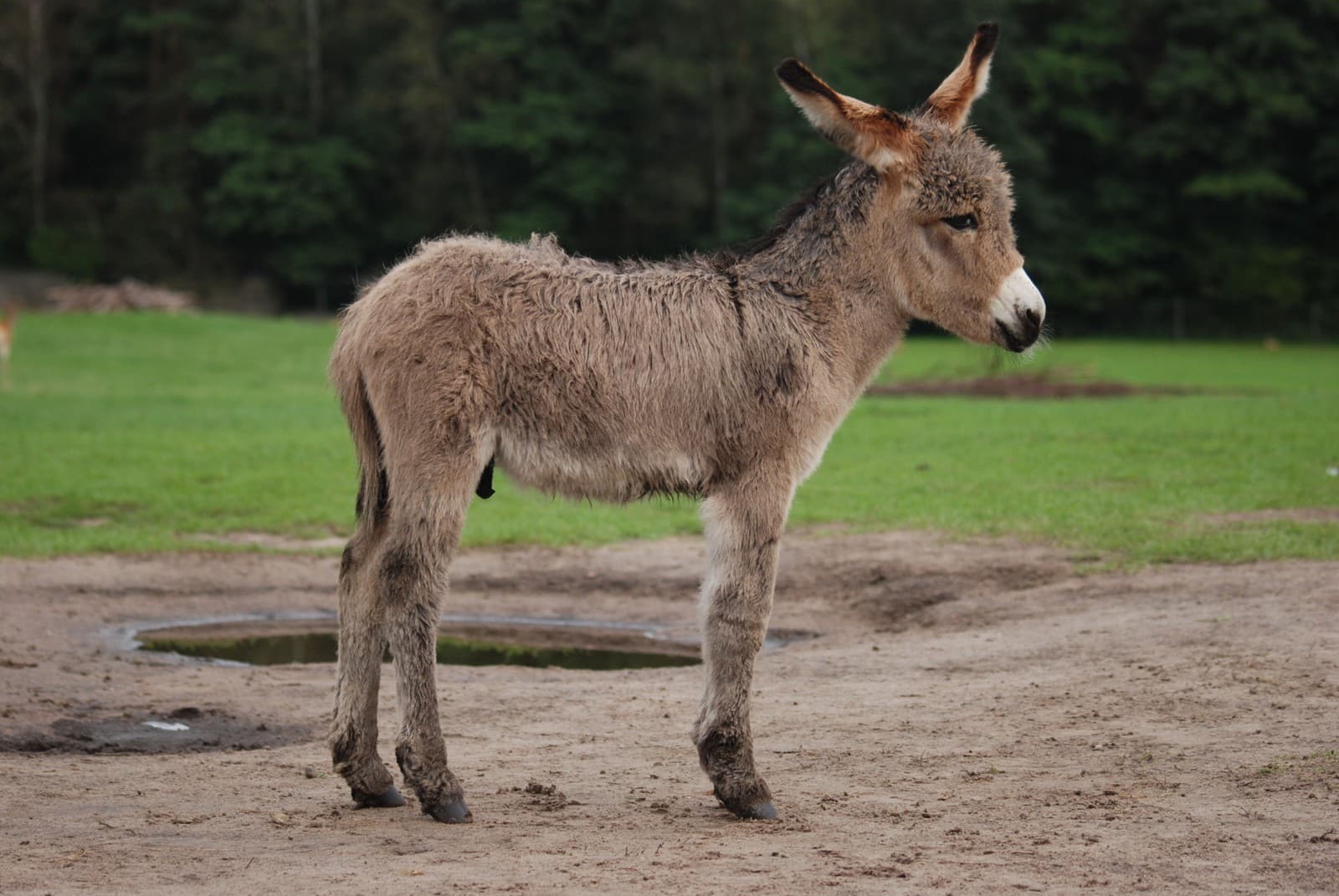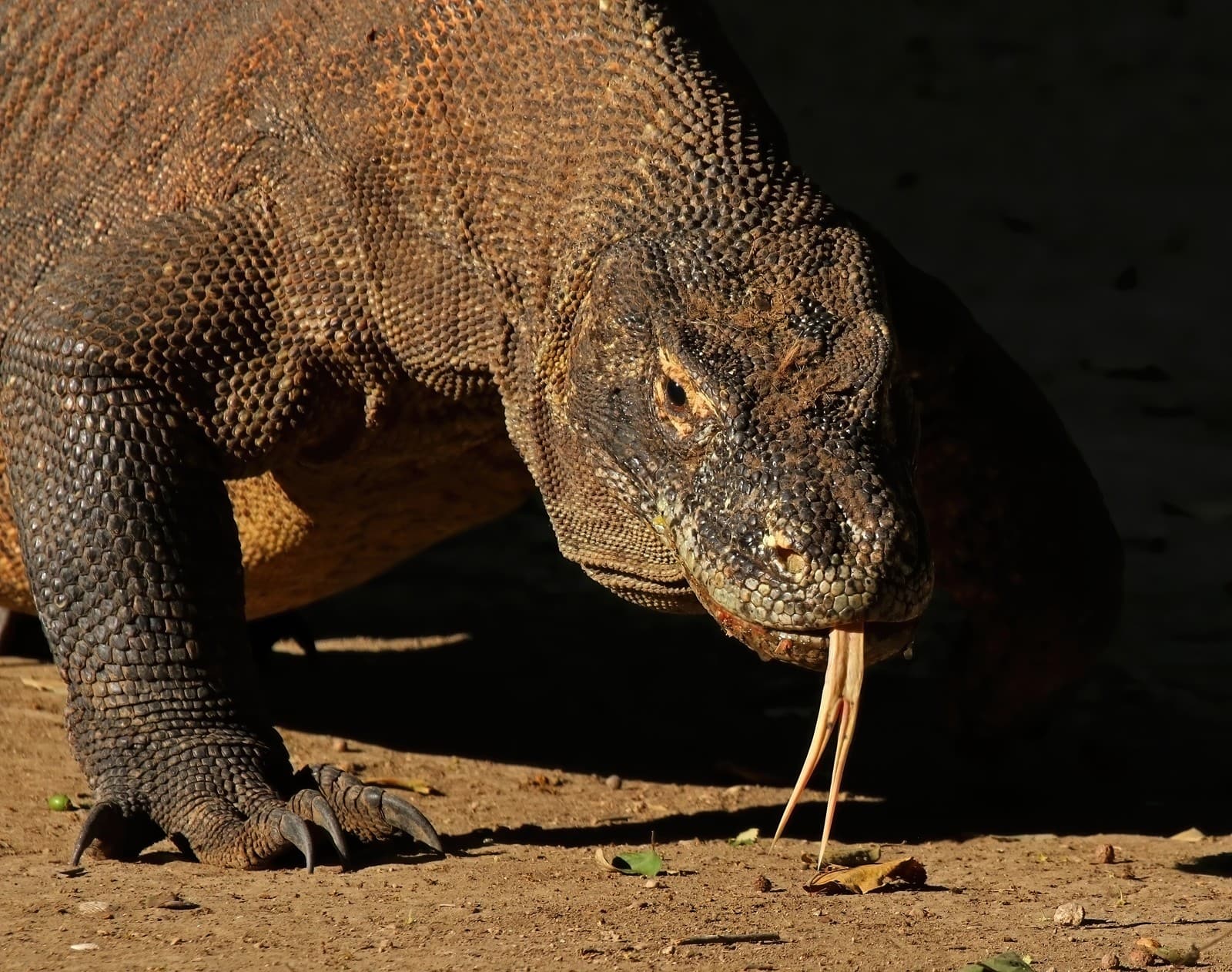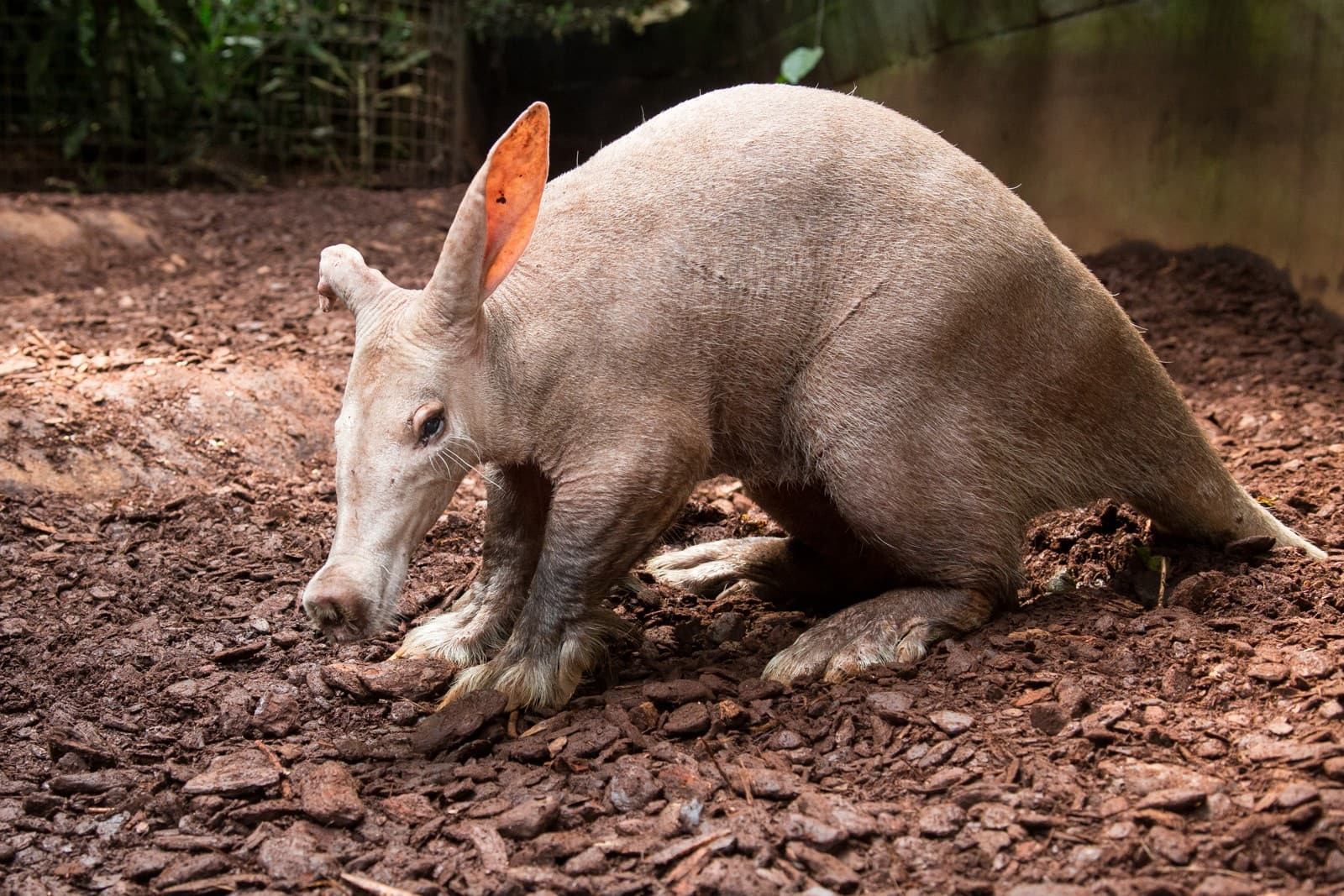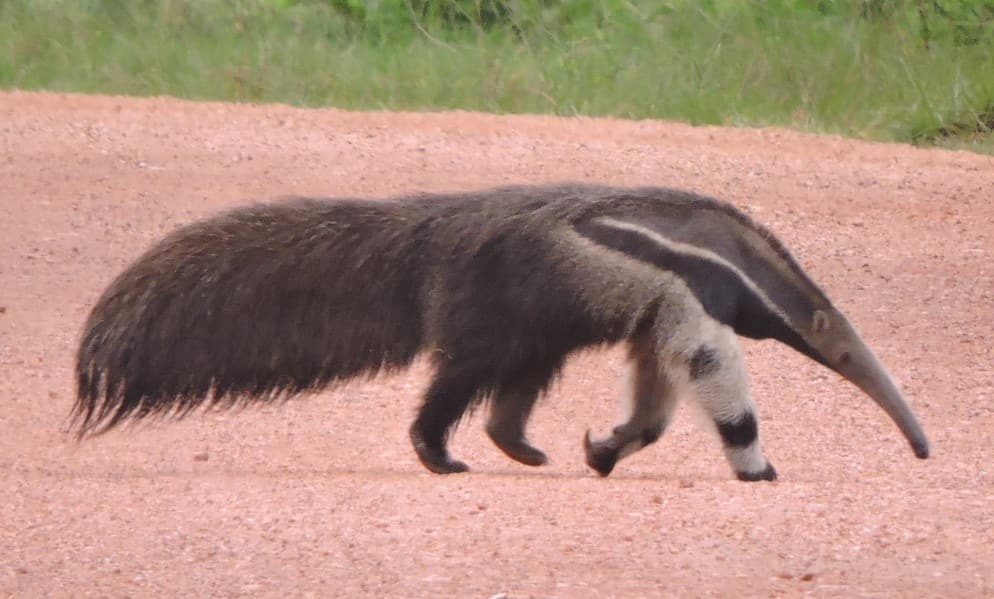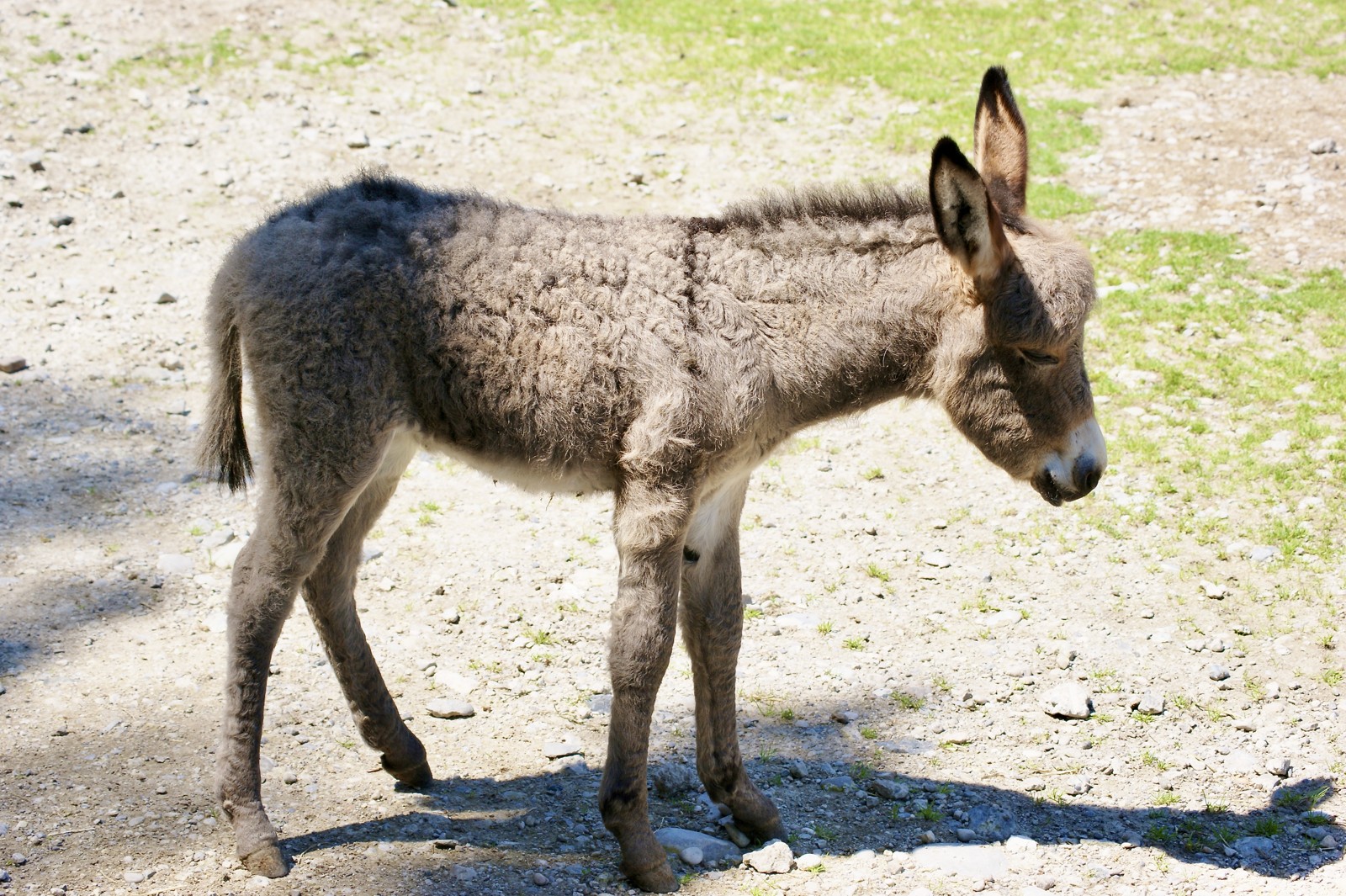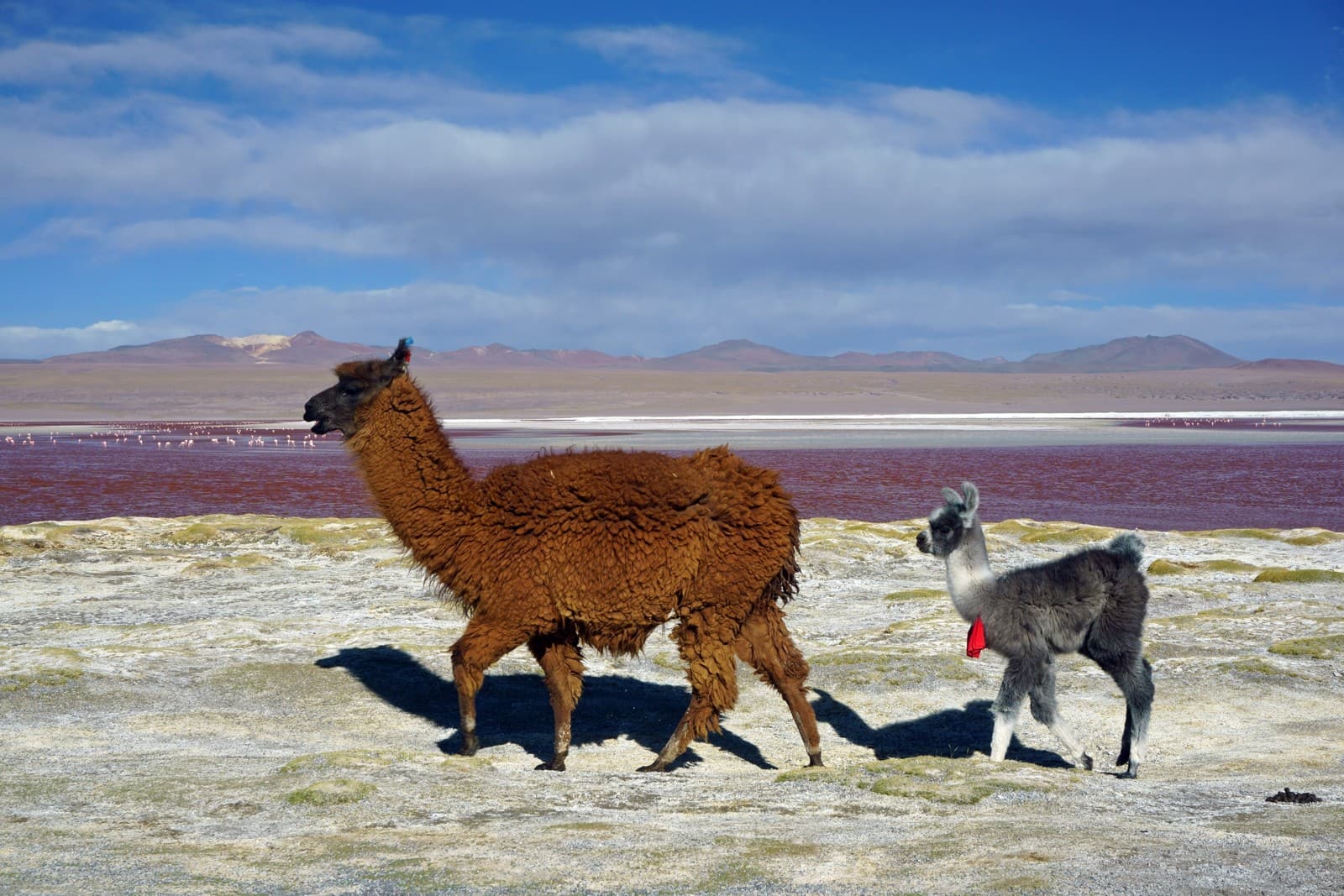Malayan Tiger vs Bengal Tiger: A Complete Comparison
The Malayan Tiger vs Bengal Tiger comparison reveals fascinating differences between these magnificent big cats. While the Bengal Tiger stands as the larger cousin, weighing up to 500 pounds (227 kg), the Malayan Tiger is notably smaller, typically reaching 260-300 pounds (120-140 kg). Both subspecies showcase the iconic orange coat with black stripes, but distinct variations in size, habitat preferences, and hunting behaviors set them apart.
These apex predators have evolved to dominate different geographical regions, with the Bengal Tiger thriving across the Indian subcontinent while the Malayan Tiger exclusively inhabits the southern Malay Peninsula. Their adaptations to these specific environments have led to notable differences in their hunting strategies and physical characteristics.

© Jean from Shelbyville, KY / CC BY 2.0
The Malayan Tiger exhibits more compact features and darker orange fur, adaptations perfectly suited to its dense rainforest habitat. Notice the intense focus in its eyes, characteristic of this highly skilled hunter.
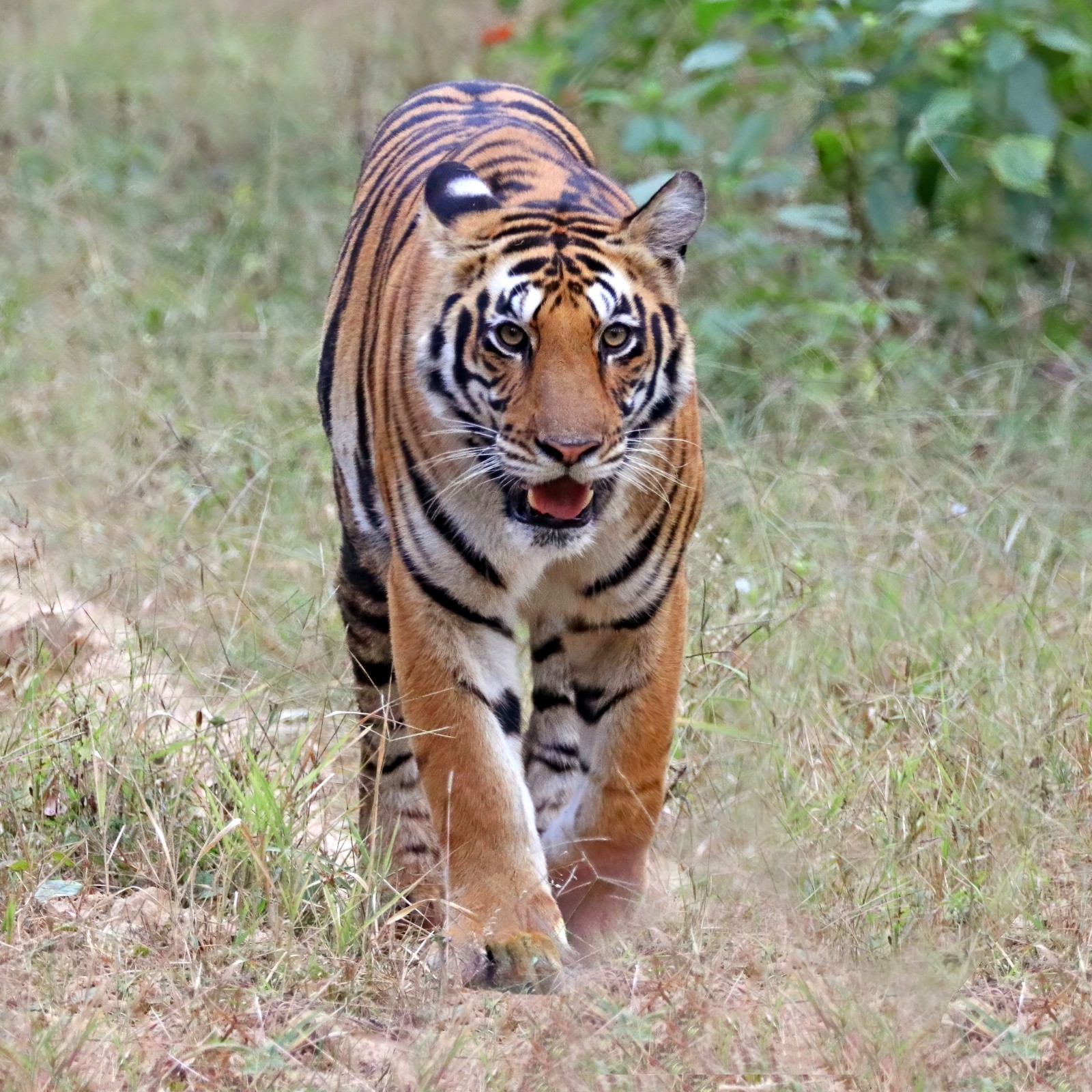
© Charles J. Sharp / CC BY-SA 4.0
The Bengal Tiger demonstrates its larger, more muscular build and lighter orange coloration, evolved for effectiveness in varied terrains from grasslands to forests.
Key Differences Between Malayan and Bengal Tigers
| Feature | Malayan Tiger | Bengal Tiger |
|---|---|---|
| Size | 7.5-8.5 ft (2.3-2.6 m) | 8-10 ft (2.4-3 m) |
| Weight | 260-300 lbs (120-140 kg) | 300-500 lbs (140-227 kg) |
| Habitat | Tropical rainforests | Various: grasslands, forests, mangroves |
| Population | <200 wild individuals | ~2,500 wild individuals |
| Prey Size | Typically smaller prey | Can tackle larger prey |
| Distribution | Southern Malay Peninsula only | India, Nepal, Bhutan, Bangladesh |
Habitat and Distribution
The Malayan Tiger inhabits a highly specific ecological niche within the tropical rainforests of the Malay Peninsula. These tigers have evolved to navigate dense undergrowth and handle high humidity levels. In contrast, Bengal Tigers demonstrate remarkable adaptability across diverse habitats, from the mangrove swamps of the Sundarbans to the foothills of the Himalayas.
Hunting Behavior and Diet
While both subspecies are formidable predators, their hunting strategies differ significantly. Malayan Tigers typically pursue smaller prey like wild boar and deer, using the dense forest cover for stealth approaches. Bengal Tigers, with their larger size and strength, can successfully hunt larger prey including adult gaur and water buffalo, often in more open terrain.
Conservation Status and Threats
Both tiger subspecies face severe conservation challenges, but the Malayan Tiger’s situation is particularly critical. With fewer than 200 individuals remaining in the wild, it faces imminent extinction without intensive conservation efforts. Bengal Tigers, while still endangered, maintain a more stable population of approximately 2,500 individuals.
Physical Characteristics and Adaptations
The Malayan Tiger’s slightly darker orange coat and more compact build represent perfect adaptations for its rainforest habitat. Bengal Tigers showcase a lighter orange coloration and larger frame, suited to their varied habitats. Both subspecies maintain the characteristic black stripes, though pattern variations exist between individuals.
Who Would Win in a Confrontation?
From a purely scientific perspective, in a theoretical confrontation, the Bengal Tiger would likely have the advantage due to its significantly larger size and greater muscle mass. However, such encounters would never occur naturally as these subspecies occupy completely separate geographical ranges.
Conservation Efforts and Future Prospects
Conservation initiatives for both subspecies focus on habitat protection and anti-poaching measures. The Malayan Tiger requires particularly urgent attention, with targeted programs working to protect the remaining population. Bengal Tiger conservation has shown some success, with numbers slowly increasing in protected areas across their range.
Both the Malayan Tiger and Bengal Tiger represent magnificent examples of nature’s apex predators, each adapted perfectly to their respective environments. While they share the characteristic power and grace of all tigers, their unique adaptations and challenges remind us of the importance of preserving these distinct subspecies for future generations.
